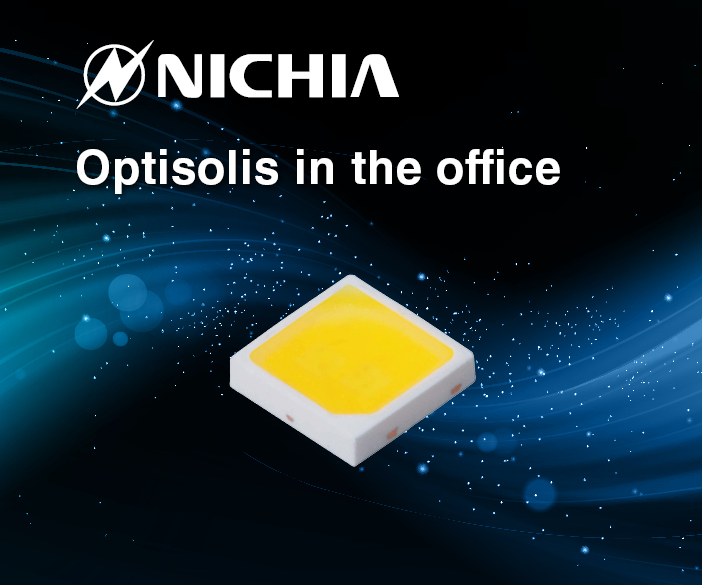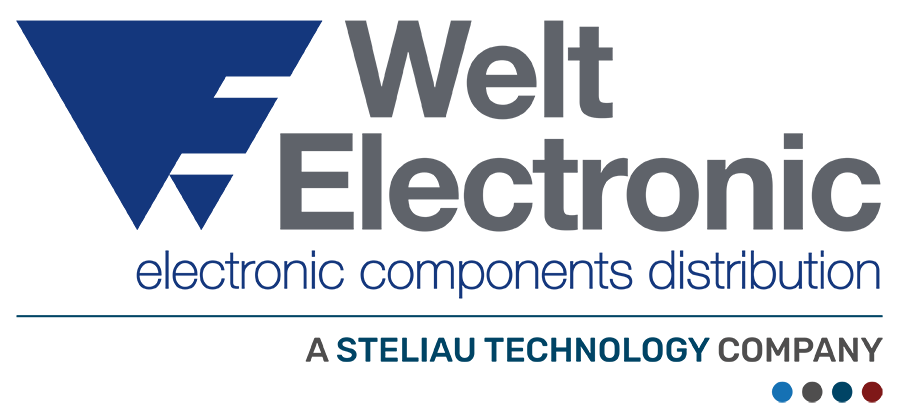
Rediscover the office in a new and more sophisticated light
The offices of one of the world’s leading premium sports brand has adopted flexible, sustainable and cost-effective LED technology from NICHIA. This case study was recently presented at the “Roadshow 30 years of blue LED Nichia” in Milan, event co-hosted by Welt Electronic to celebrate the 30th anniversary of Nichia’s high brightness Blue LED.
The renewal of lighting in an office building presented engineers and lighting experts with a tough challenge. When the replacement of the old lighting solution turned into a conversion to LED, technology from Nichia offered the necessary flexibility and exceeded all expectations, especially in terms of light quality and sustainability.
In times of rising energy prices, climate change and a shortage of skilled workers, companies today have to rethink several areas and remove old and outdated technologies. More and more companies are therefore upgrading the lighting solutions used in office buildings to LEDs.
What many organizations do not have on their radar is that LED conversion not only offers advantages in terms of electricity bills, but it also promotes the well-being of the employees. Even a well-known German brand of high-end sporting goods has recently renewed the lighting of its offices, posing new and important challenges to the lighting experts involved in the project.
Comfortable for employees, environmental friendly
As the company is committed to the responsible use of energy and resources, the lighting project for the headquarter in Herzogenaurach should have contributed both promoting the image of sustainability conveyed by the company and reducing energy consumption. At the same time, the client expressed the desire to achieve the best atmosphere possible for the company’s employees and guests.
The project was entrusted to the studio Käferhaus GmbH from Vienna, which examined the suitability of the various office lighting solutions available on the market with respect to the needs of the project. However, the experts did not come to a satisfactory conclusion. At this point, they involved Mr. Reinhard Vedder, managing director of the lighting architecture firm Vedder.Lichtmanagement in Munich.
Vedder first refined the challenges for the luminaires and the lighting technology and carried out various tests. It quickly became apparent that the architectural concept of the building to be newly illuminated had already been very well thought out and supported by outstanding lighting architecture that enhanced the building. The lighting concept was realized, infact, in a creatively sophisticated design using light modulation.
In almost all areas, elaborate and functional solutions were found and housed in suspended ceilings with different soffits. “These were, for example, different light sources up to low-voltage halogen spotlights that could be mixed or used separately in the rooms for different tasks and occasions,” says Vedder. Even in areas of higher foot traffic areas such as hallways and intersections, different light sources, light colors and beam characteristics from floods to spots were used to create a lively spatial experience.
Renew instead of replace – a second life for lighting
Since the existing lighting solution could not be faulted and was extremely robust due to the aluminum housings used, a complete replacement would not have produced the desired results. Instead, the task was to convert the existing fluorescent, discharge and halogen lamps to LEDs, taking into account the original lighting design.
In the end, the decision was made to continue using the existing luminaire housing and only to replace the lighting technology. The ceiling system and existing openings were to be used without modification in order to produce as little waste as possible – an important factor in terms of sustainability.
In order to give the high-quality aluminum housing a second life, Reinhard Vedder turned to the company LMT Leuchten + Metall Technik GmbH in Hilpoltstei. Thanks to LMT’s expertise in the field of lighting and metal constructions, the existing luminaire housing could be converted and reused without any problems.
Reach your goal with materials and LED expertise
Finding the right LED technology, on the other hand, proved to be more difficult. Instead of relying on low-cost solutions that offer no advantages apart from brightness, the project team focused on quality. What was needed was a solution that would create a pleasing working atmosphere with high visual comfort, offering high-quality lighting far above the norm, and ensuring, at the same time, flexibility in light management throughout the day and high economic efficiency.
“There are many standard industrial products able to satisfy the low requirements set by the regulations, but not to create a satisfactory atmosphere, that is harmonious and visually pleasant, inside the environments “, says Reinhard Vedder, talking about the biggest challenge in this project. In fact, for example, a light with a color temperature of 4000 Kelvin combined with low CRI values, but still compliant with the regulations, would create an unpleasant spatial and working atmosphere.
In the course of a tender, the lighting expert finally found what it was looking for and decided on Optisolis from Nichia. In the end, the LED chip was able to convince the company primarily due to its high lighting quality and short-term availability. Due to the performance range and the design of Optisolis, the lighting experts were able to master even special requirements effortlessly for their project in Herzogenaurach.
Optisolis meets design and technical requirements
Optisolis made it easy to implement custom designs in the project. Where previously special luminaires had been installed, Optisolis provided lighting solutions with excellent glare control, high efficiency and no loss of visual comfort. With just little changes, the entire team was satisfied by the results.
LMT was able to implement high-quality and robust luminaires with excellent glare control. The light sources are aesthetically pleasing without being obtrusive. Optisolis contributed significantly to this, as the chip offers high luminous efficacy with a very good color rendering quality of > RA 80.
Furthermore, Optisolis technology has solved some of the problems with which, despite the careful design, the previous lighting system had to deal with; for example, in the meeting rooms and VIP areas where a combination of discharge and halogen lamps has been used.
However, the halogen lamps reached their maximum brightness much faster than the discharge lamps after switching on. Thanks to the LED technology from Nichia, the users of the building now have pleasant light with the desired brightness immediately after switching on the lights.
Optisolis also eliminated some of the disadvantages that the old lighting system had to contend with, despite the thoughtful planning. For example, a combination of discharge and halogen lamps had previously been used in the meeting rooms and VIP areas. However, the halogen lamps reached their maximum brightness much faster after being switched on than the discharge lamps. Thanks to Nichia’s LED technology, users of the building now have comfortable light at the desired brightness immediately after the luminaires are switched on.
Optisolis also left nothing to be desired in terms of standards. This is particularly evident in the company’s workplaces, where very precise and small-scale work needed to be carried out. Before the project, the entire room was illuminated using a ‘watering can’. Values of 1,200 and 1,500 lux were required across all the workstations. However, illuminating the entire room with the same light intensity not only does not give any benefits to the individual workstations, but also involves a useless waste of energy. Now, however, brightness is where needed; and Optisolis’ high color rendering helps employees work with the precision required to produce high-end products.
Customer-specific solutions, easy-to-implement
Thanks to the NICHIA solution, the project team was able to meet all the customer’s requirements. The LED technology was a winner in terms of a competitive price, flexibility and efficiency. Additionally, it allowed to maintain and improve the previous architectural appearance of the building and all rooms without significant changes.
The first part of the project has already been completed; the second part is about to be finalized. So far, the customer is very satisfied with the result, which is superior to the old lighting concept in terms of brightness, visual comfort, operability and glare reduction. Initial data on energy consumption is already meeting all expectations. Vedder confirms his satisfaction, adding: “We are receiving very positive feedback.”
The project has not only given him a sense of achievement, but also practical benefits. He will continue to use Nichia products in the future: “Some carefully developed devices that have been tested in lighting tests are real problem solvers for further projects,” he says. LMT added to its standard range of products the new downwall NAU, specifically designed for this project.
“The fact that we were able to continue using the high-quality housings in the project is particularly satisfying, and it shows that customized solutions do not automatically have to be more expensive,” concludes Vedder. Results like those from Herzogenaurach show that better lighting quality in office buildings is not only desirable, but also easily achievable with the right technology and capable partners.
Optisolis offers the necessary high quality, flexibility and sustainability that leads to economic results even in demanding office projects. With Optisolis, lighting designers and lighting technicians receive a LED chip that optimally supports them in their work and quickly leads them to the desired results. For companies and their employees, LED technology provides a convenient lighting solution that creates visibly better lighting conditions immediately after installation and thus promotes productivity in the long term – without unnecessarily damaging the environment.

